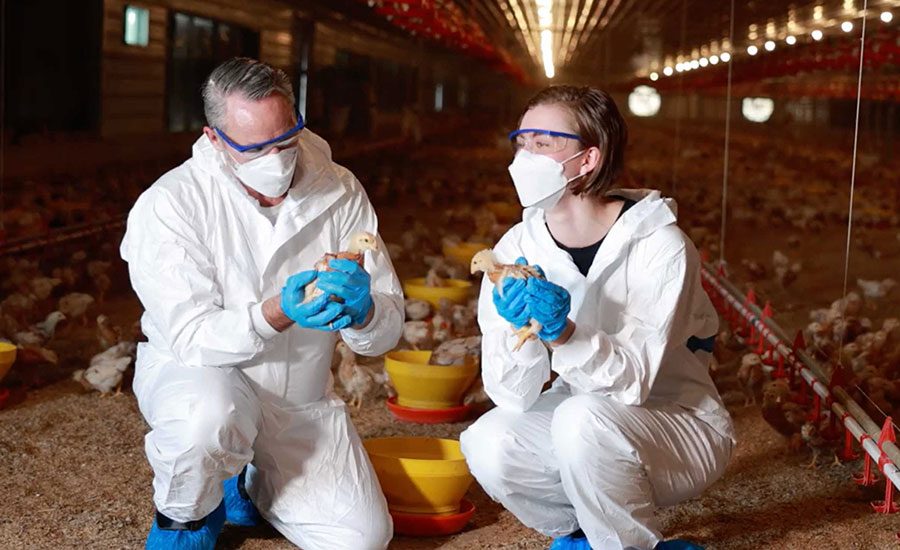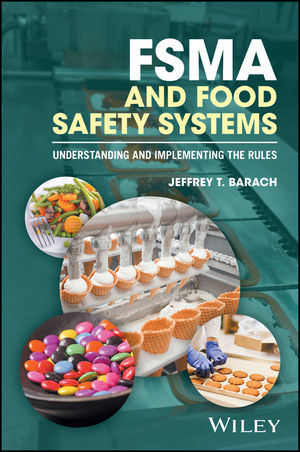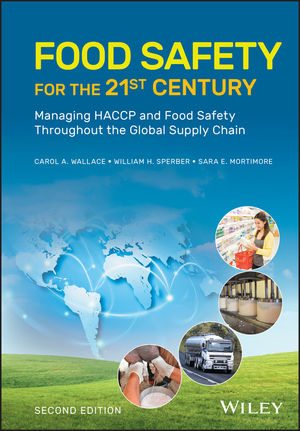Source: The FDA Voice Blog
Over the past two years, my colleagues and I have written here about what FDA is doing to create the preventive, risk-based food safety system mandated by the FDA Food Safety Modernization Act (FSMA). We’ve taken you along on our visits to farms and food facilities to get input on the FSMA rules we have proposed. We’ve described the changes we’re making within FDA and the framework we’re building to implement those rules after they become final in late 2015 and early 2016.
Now we’re at a critical juncture as Congress considers the funding that will help transform all the plans and preparations we’ve shared with you into protections that will greatly reduce the number of illnesses caused by contaminated foods and greatly increase consumer confidence in the safety of our food supply. President Obama’s FY 2016 budget request, released to Congress yesterday, would provide an additional $109 million for FSMA implementation. In the current fiscal year, FDA received an additional $27.5 million.
Why do we need this money? Because a lot of work must be done right now to ensure that the FSMA rules are implemented smoothly and effectively in late 2016 and 2017. Let me give you a few examples of areas in need of additional funding that, through FSMA, will transform the food safety system into one that prevents hazards instead of just responding to them.
Under FSMA, our approach to food safety inspections and compliance will be fundamentally different. FDA will deploy inspectors who are specialized in specific food commodities, rather than covering a broad range of FDA-regulated products. Backed by technical experts, they will assess the soundness and performance of a facility’s overall food safety system. Achieving this will require a major reorientation and retraining of more than 2,000 FDA inspectors, compliance officers and other staff involved in food safety activities.
While FSMA has given us new enforcement tools to use against those who flout safety requirements, the vast majority of food producers want to comply and keep their products safe. FDA will be issuing guidance documents that will be essential to helping industry meet FSMA requirements. Funds are needed now for FDA to recruit additional experts who can ensure that guidance development is based on the best science and knowledge of industry practices. These experts will also collaborate with industry, academia, and state extension services to ensure that their concerns are heard, that their advice is sought and used, and that the guidance documents reflect the most cost-effective solutions.
I cannot say enough about the importance of education and technical assistance to help farmers, processors and importers—especially small businesses—implement the new standards. Approximately 300,000 entities could be subject to the final FSMA rules. FDA wants to make a substantial investment in providing such assistance and making training materials widely available. In addition to direct technical assistance, FDA would use a large portion of these resources to provide financial support to state agencies and public-private-academic collaborative entities, such as the Produce Safety Alliance and the Preventive Controls Alliance. FDA has also joined with the U.S. Department of Agriculture’s National Institute of Food and Agriculture (NIFA) in providing grants that will fund food safety training for small, sustainable and organic farm owners and food processors.
We cannot make FSMA a reality without our state partnerships. There are more than 3,000 state, local and tribal government agencies involved in food safety. To align state programs with FDA’s new facility inspection and compliance approach, the agency will provide states with funds for inspector training, information sharing capacity with FDA and other states, state laboratory coordination, and inspector certification programs. These preparations have already begun but they must be accelerated in 2016 if the states are to be prepared to conduct sound, consistent inspections when industry must comply with the new prevention standards starting in late 2016. In addition, to successfully implement the produce safety rule, FDA must build state partnerships and capacity in 2016 to provide education and technical assistance to growers.
About 50 percent of fresh fruits, 20 percent of fresh vegetables, and 80 percent of seafood consumed by Americans comes from other countries, so it is clearly essential to modernize how we ensure the safety of imported foods. The Foreign Supplier Verification Program (FSVP) mandated by FSMA, will require importers to implement supplier verification plans to help ensure food produced overseas meets U.S food safety standards. This shift presents an enormous challenge for both FDA and food importers, given that last year there were approximately 88,000 consignees receiving food shipments and, in 2013, 12 million entries for FDA to oversee. FSVP will require a substantial regulatory development process, increased staffing and the training of more than 400 investigative and compliance personnel within FDA to enforce the regulation. It will also require extensive training and technical assistance for importers.
Those are just the highlights; there’s much more to be done. The bottom line is that without investment now, and sustained funding afterwards, there is the risk that the implementation of FSMA will be uneven or even delayed. This would be bad for everyone, including those who must meet the new standards and those who must enforce them. Most importantly, it would be bad for consumers, who want to be sure that the foods they are eating and serving their families are safe.
Michael R. Taylor is FDA’s Deputy Commissioner for Foods and Veterinary Medicine.









